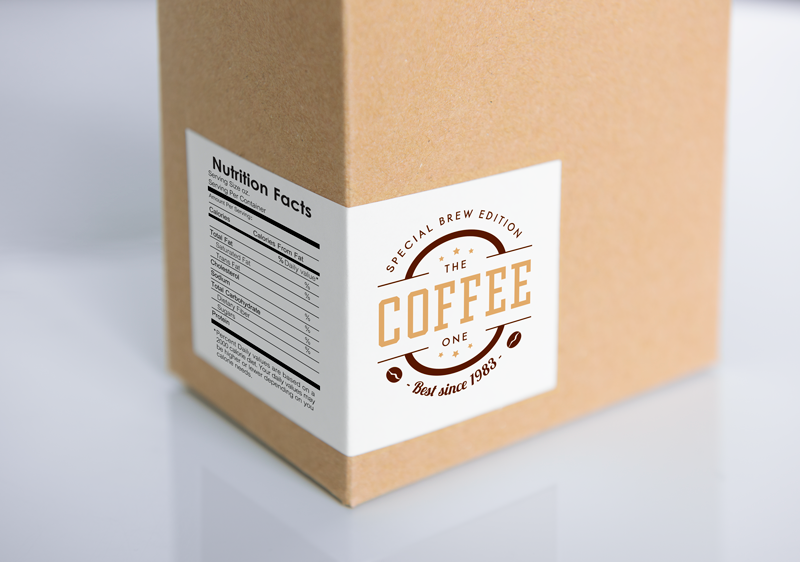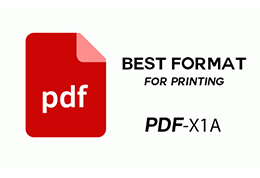Food Labels and Facts About Them
The food label is like the identity of food. Everyday we are constantly wondering, 'What exactly are we eating?'. Ever wonder about the standard of our food that goes into our kitchen? How are we able to find out? That is where food labels come into the picture.
1.What are Food Labels?
- Is It Mandatory?
- Are people reading the food labels?
- Why should people read it?
2. How to read food labels?
3. Conclusion
What are food labels?
They are found on food packages or glued onto the food. The name of the food, the list of ingredients, quantity of ingredients used, net quantity, recommended consumption date or expiration date and more and more are included on the labels.
Is it mandatory?
Yes, as the food label is like the consumer's introduction to the food ingredients. It gives consumers the knowledge about the food they buy.
Are people reading the food labels?
According to studies, only 50% of people read labels. Although the rate is low, most people still read the expiration date, production date, and shelf life of the food product. Of course, as consumers, we know that's not enough.
Why should people read it?
First of all, we have to read for the sake of our own health. It is a great habit to read food labels, where having a balanced diet is important in this day and age. Knowing what we're eating lets us keep track of our nutrition. For example, let's just say we're getting chicken, there are many things we should know, such as where it is produced, how much oil content is cut, under what conditions it should be sold, when packaged, shelf life, expiration date, and so on. By examining the nutritional content, we can decide its suitability for our consumption according to the amount of fat, carbohydrates, and proteins. Thus labels are essential for any food product you can think of.
How to Read a Food Label
In terms of health, we should first look at the portion quantity, total calories and fat ratio, the daily vitamins and minerals we need, the contents and the date of consumption. Other than that, we can also pay attention to details such as where it is produced, where it comes from, and packaging features as well.
It is also important to see the level of additives in the risky ingredients such as Chinese salt, aspartame, tartrazine. Although the storage conditions of food are also included in labels, it is one of the few things that should be considered when buying certain food products.
Conclusion
Make sure you buy food for both your own health and the health of your loved ones. Reading labels is not a waste of time, but rather it adds time into your life. In the end, try not to buy products that do not have labels on them and also raise this awareness of reading labels to your family and those around you.





